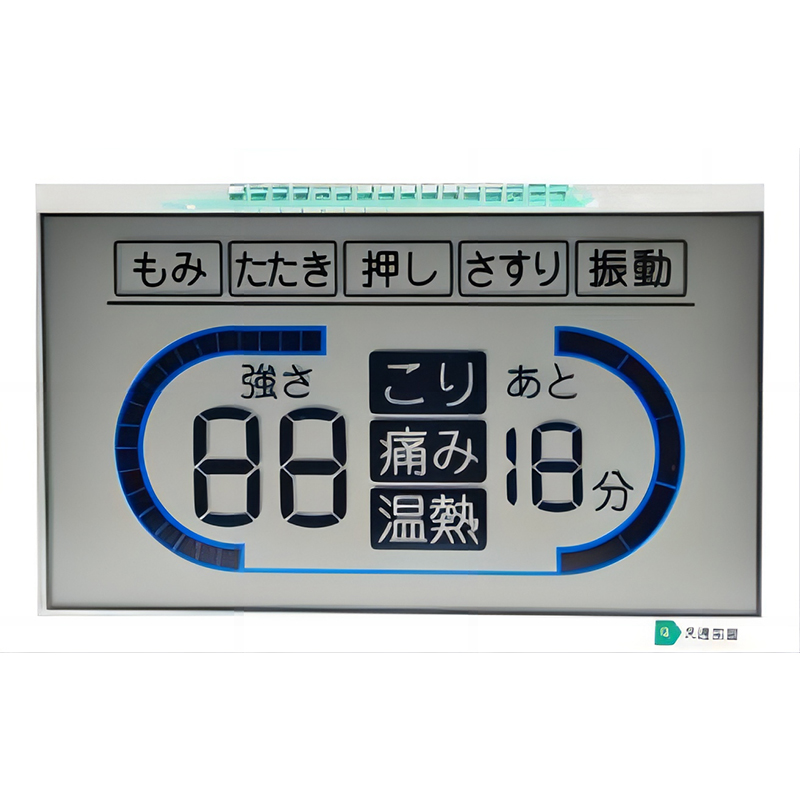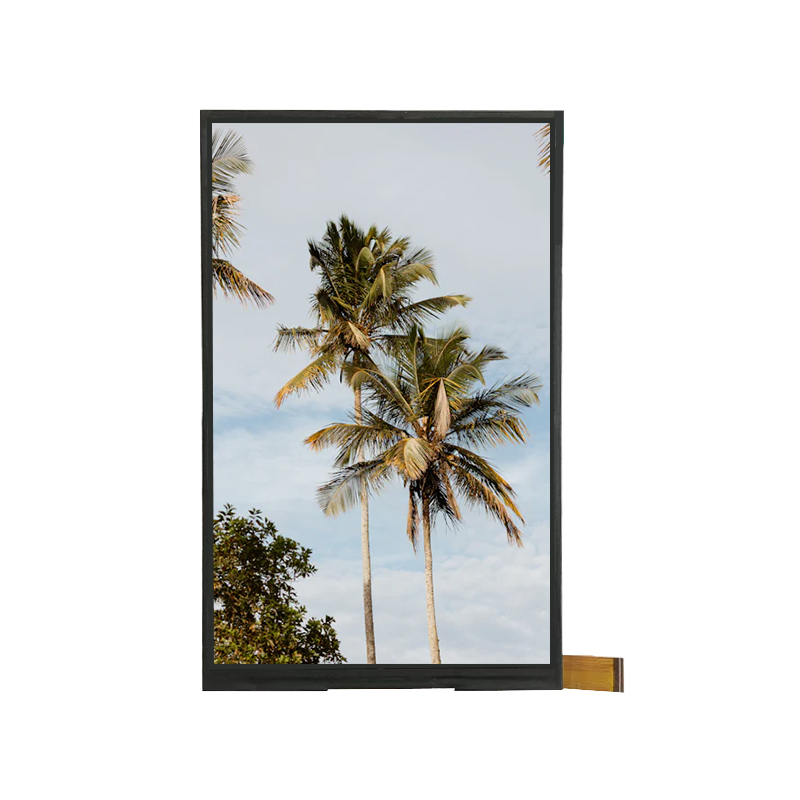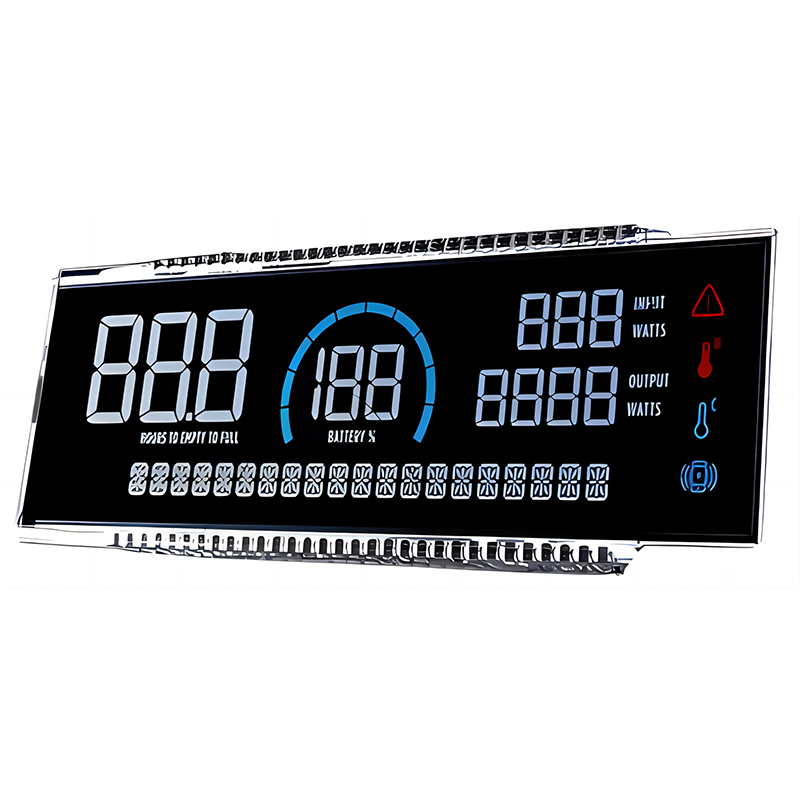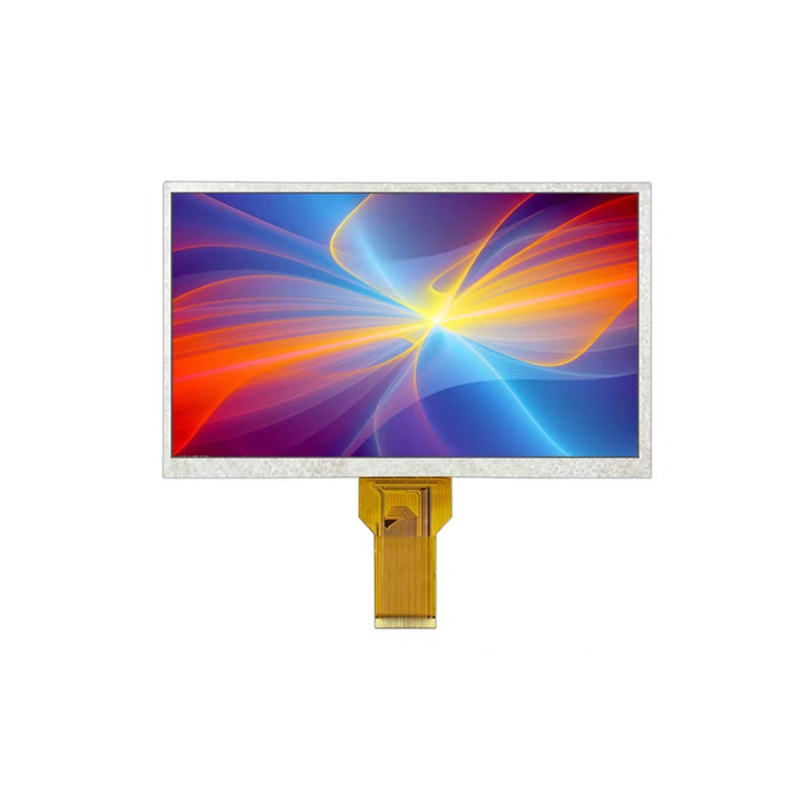
This comprehensive guide explores the differences between NTSC and PAL video standards and their application in TFT displays. We'll delve into the technical specifications, image quality comparisons, and practical considerations for choosing the right display technology for your needs. Learn how these standards affect color accuracy, resolution, and refresh rates, ultimately impacting your viewing experience.
NTSC (National Television System Committee) is a color television standard primarily used in North America, Japan, and parts of South America. It operates at a frame rate of 29.97 frames per second (fps) and a resolution typically ranging from 480i (interlaced) to 720p (progressive). NTSC displays generally offer a slightly warmer color temperature than PAL. Many older NTSC PAL TFT display models utilize this standard.
PAL (Phase Alternating Line) is another color television standard, predominantly used in Europe, Australia, and parts of Asia and Africa. It boasts a frame rate of 25 fps and a resolution similar to NTSC, ranging from 576i (interlaced) to 720p (progressive). PAL displays typically have a slightly cooler color temperature compared to NTSC. The choice between NTSC and PAL significantly affects the compatibility of your NTSC PAL TFT display with various video sources.
| Feature | NTSC | PAL |
|---|---|---|
| Frame Rate | 29.97 fps | 25 fps |
| Resolution (common) | 480i, 720p | 576i, 720p |
| Color Temperature | Generally warmer | Generally cooler |
| Region | North America, Japan, parts of South America | Europe, Australia, parts of Asia and Africa |
TFT (Thin-Film Transistor) is a display technology widely used in LCD screens. It offers superior image quality compared to older technologies, with better contrast, sharper images, and faster response times. Many modern NTSC PAL TFT displays leverage this technology. The choice of TFT panel type (e.g., IPS, TN, VA) further impacts the viewing experience.
Selecting the appropriate NTSC PAL TFT display involves careful consideration of several factors. Resolution, screen size, response time, viewing angles, and color accuracy are crucial elements to evaluate before making a purchase. For example, a display for professional video editing might require higher color accuracy and a faster response time than a display used for general home entertainment. For high-quality displays, consider exploring the options available from Dalian Eastern Display Co., Ltd., a reputable manufacturer of TFT displays.
Occasionally, compatibility issues arise when using NTSC PAL TFT displays. Incorrect signal detection or image distortions can occur due to mismatched video standards. Understanding the source's output signal and the display's input capabilities is essential for troubleshooting.
Understanding the differences between NTSC and PAL video standards is crucial when selecting a NTSC PAL TFT display. By carefully evaluating the various factors discussed above, you can choose a display that optimally suits your individual needs and ensures a high-quality viewing experience. Remember to consider the features and specifications of the display to match your specific application requirements.












